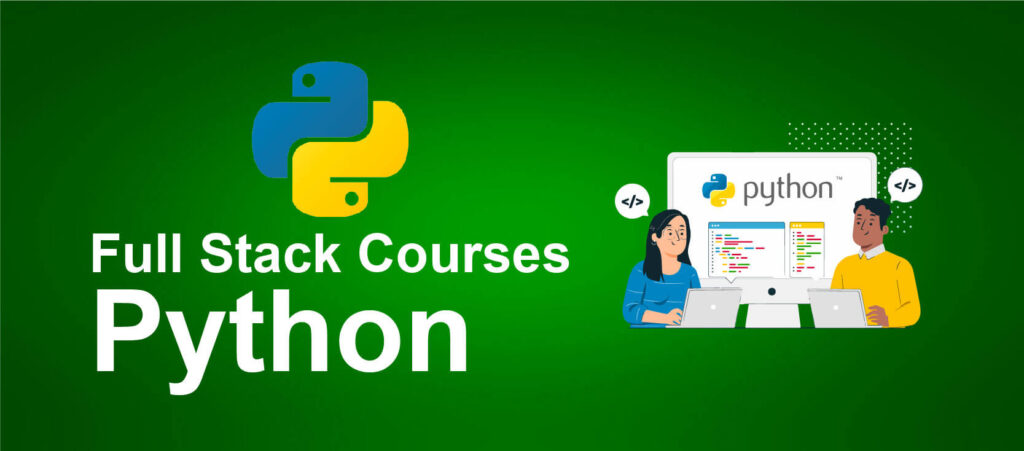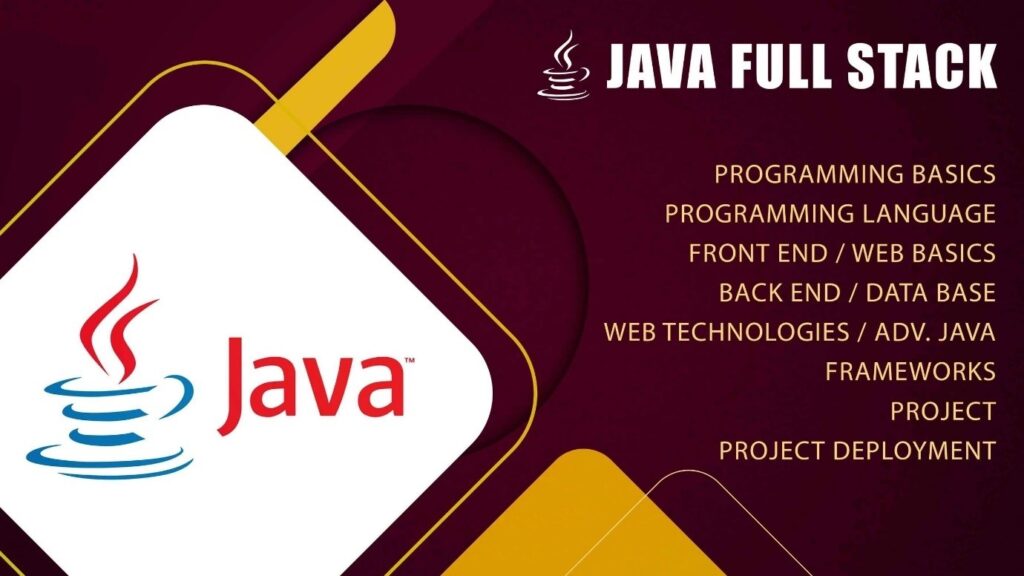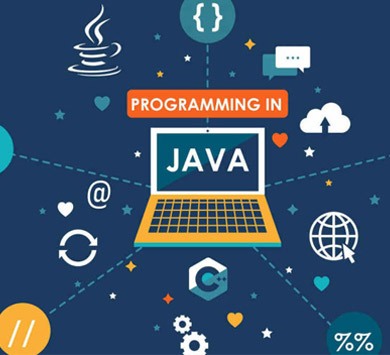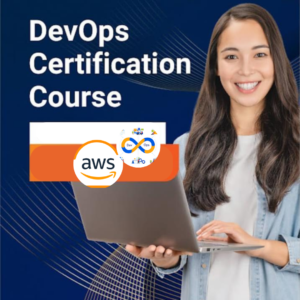The tech industry is evolving rapidly, and staying ahead means upskilling in the latest technologies. Whether you’re a fresher looking to enter the IT world or a working professional aiming for career growth, choosing the right course can make all the difference.
Here are the most trending courses in 2025 that will help you secure high-paying jobs and future-proof your career!
1️⃣ Cloud & DevOps 🌩️
With businesses shifting to cloud infrastructure, Cloud & DevOps professionals are in huge demand.
🔥 Trending Courses:
✅ AWS DevOps – Automate cloud operations with AWS tools
✅ Microsoft Azure DevOps – Master CI/CD, infrastructure automation
✅ Google Cloud Platform (GCP) – Build scalable cloud solutions
✅ Kubernetes & Docker – Learn containerization & orchestration
✅ Terraform & Ansible – Infrastructure as Code (IaC)
💼 Career Opportunities: Cloud Engineer, DevOps Engineer, Site Reliability Engineer (SRE)
2️⃣ Artificial Intelligence & Machine Learning 🤖
AI is transforming industries, making AI & ML one of the most promising career paths in 2025.
🔥 Trending Courses:
✅ Machine Learning with Python – Build intelligent models
✅ Deep Learning with TensorFlow & PyTorch – Master AI frameworks
✅ Chatbot Development & NLP – AI-driven virtual assistants
✅ Computer Vision & Image Processing – AI for facial recognition, autonomous systems
✅ Generative AI (ChatGPT, MidJourney, DALL·E, etc.) – Build AI-powered solutions
💼 Career Opportunities: AI Engineer, Machine Learning Scientist, Data Scientist
3️⃣ Cybersecurity & Ethical Hacking 🔐
As cyber threats increase, companies are hiring cybersecurity professionals to secure their data.
🔥 Trending Courses:
✅ Ethical Hacking & Penetration Testing – Learn to hack ethically
✅ Cloud Security & Compliance – Secure cloud infrastructure
✅ Cyber Forensics & Incident Response – Investigate cyber attacks
✅ Zero Trust Security & IAM – Next-gen security models
✅ Blockchain Security – Secure decentralized applications
💼 Career Opportunities: Ethical Hacker, Security Analyst, Cybersecurity Consultant
4️⃣ Data Science & Big Data Analytics 📊
Data is the new oil, and companies need experts to analyze and extract insights from it.
🔥 Trending Courses:
✅ Data Science with Python & R – Master statistical analysis
✅ Big Data Analytics with Apache Spark & Hadoop – Handle large-scale data
✅ Power BI & Tableau – Data visualization & business intelligence
✅ SQL & NoSQL Databases – Data storage & retrieval
✅ Predictive Analytics & AI – Data-driven decision-making
💼 Career Opportunities: Data Scientist, Data Analyst, BI Analyst
5️⃣ Full Stack Development (MERN / MEAN Stack) 💻
The demand for full-stack developers continues to rise as businesses look for versatile software engineers.
🔥 Trending Courses:
✅ MERN Stack (MongoDB, Express, React, Node.js) – JavaScript-based full-stack development
✅ MEAN Stack (MongoDB, Express, Angular, Node.js) – Build dynamic web apps
✅ Python & Django Web Development – Backend-focused development
✅ Java Spring Boot – Enterprise application development
✅ Flutter & React Native – Mobile app development
💼 Career Opportunities: Full-Stack Developer, Frontend Developer, Backend Developer
6️⃣ Blockchain & Web3 Development 🔗
Blockchain technology is reshaping industries beyond cryptocurrency, including finance, supply chain, and gaming.
🔥 Trending Courses:
✅ Ethereum & Smart Contracts – Develop decentralized applications (DApps)
✅ Hyperledger Fabric – Blockchain for enterprise solutions
✅ NFT & Metaverse Development – Build Web3 applications
✅ Solidity & Rust Programming – Blockchain coding languages
✅ Decentralized Finance (DeFi) & Crypto Trading – Future of financial systems
💼 Career Opportunities: Blockchain Developer, Web3 Engineer, Crypto Analyst
7️⃣ Internet of Things (IoT) & Edge Computing 🌐
With smart devices and automation increasing, IoT and edge computing are becoming mainstream.
🔥 Trending Courses:
✅ IoT Development with Arduino & Raspberry Pi
✅ Embedded Systems & Robotics
✅ 5G & Edge Computing
✅ IoT Security & Compliance
✅ AIoT – AI-powered IoT applications
💼 Career Opportunities: IoT Engineer, Embedded Systems Developer, AIoT Specialist
8️⃣ UI/UX Design & Product Management 🎨
User experience is crucial in app and web development, making UI/UX design an essential skill in 2025.
🔥 Trending Courses:
✅ UI/UX Design with Figma & Adobe XD
✅ Human-Centered Design & Interaction
✅ Motion UI & Micro-interactions
✅ Product Management & Agile UX
✅ Design Thinking for Business Growth
💼 Career Opportunities: UI/UX Designer, Product Manager, Interaction Designer
🚀 How to Choose the Right Course for You?
✅ Identify your career goals – What excites you the most?
✅ Check job demand & salary trends – Research industry requirements.
✅ Hands-on learning & certification – Pick courses that offer practical training.
✅ 100% Placement Assistance – Ensure career growth opportunities.






